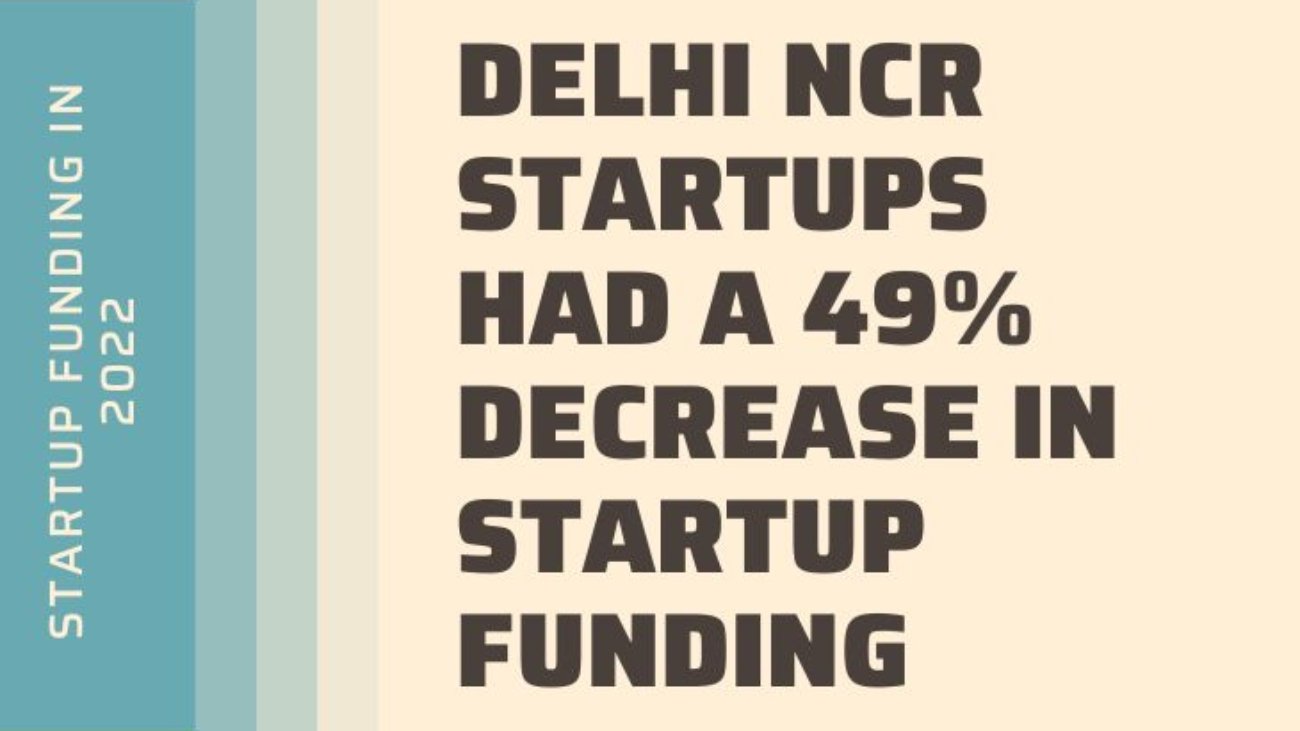As of December 31, 2022, investments of Rs 14,077 crore have been invested in 791 companies through the Fund of Funds for Startups (FFS) Scheme and Alternative Investment Funds (AIFs), according to Som Parkash, the minister of state for commerce and industry.
According to the Minister, the FFS for startups has committed Rs 7,980 crore to 99 AIFs and distributed Rs 3,400 crore to 72 AIFs, who in turn have invested in the companies.
240 startups in Karnataka have received funding totaling Rs 4,687 crore. Delhi comes in second with 138 businesses and Rs 2,254 crore in funding, followed by Maharashtra with 176 firms and Rs 3,426 crore.
What are FFS and AIFs and How Have They Impacted 791 Businesses in India
FFS (Financial Facilitation Services) and AIFs (Alternative Investment Funds) have had a tremendous impact on the Indian economy. The 791 businesses that have been able to benefit from these services are now able to access capital and financial resources in a more efficient manner.
FFS and AIFs provide an avenue for businesses to access capital quickly, allowing them to invest in their growth. They also help businesses manage their finances better by providing financial advice, guidance, and assistance. Furthermore, they provide investors with an opportunity to diversify their portfolios with new investments.
This article will discuss the role of FFS and AIFs in India’s business landscape and how they have impacted 791 businesses across the country. It will also explore the use cases of these services and how they can be used to improve business performance.
A Closer Look at the Number of Businesses Receiving FFS & AIFs Funding
Businesses of all sizes are increasingly turning to funding sources such as FFS and AIFs to help them stay afloat during the current economic crisis. This article will take a closer look at the number of businesses that have received this type of funding and examine how it has impacted their operations.
We will also discuss how these funds have been used, as well as the potential risks associated with such investments. Finally, we will explore some of the success stories that have emerged from these investments and what they can teach us about making successful investments in today’s challenging business environment.
How Has Investment Through FFS & AIFs Helped SMEs Across Different Sectors
Investment through Funds for Startups (FFS) and Alternative Investment Funds (AIFs) has been a major source of financial assistance for Small and Medium Enterprises (SMEs) across different sectors.
FFS and AIFs provide capital to SMEs which helps them overcome financial constraints, allowing them to expand their operations, develop new products, enter new markets, and create jobs. This investment has enabled SMEs to access resources that are otherwise unavailable or difficult to obtain.
Additionally, it has helped them reduce their risk exposure by diversifying their investments across different industries. As a result, SMEs have been able to grow faster and become more competitive in the market.
In order to promote the increase in SME financing, the Government of Turkey has set a target for 12% of all investment to be made through FFS and AIFs by 2020.
The mechanism for achieving this target is provided in the “Small and Medium Enterprises Development Act No. 2737” (YGSMM) which was issued on September 28, 2016.
The investment targets have been classified into three different categories which are:-50% of investments by 2020; -75% investments by 2023; and -100% investments by 2025
What Challenges Do SMEs Face with These Investments
Small and medium enterprises (SMEs) often face challenges when investing in new technologies. These challenges can range from the cost of implementation, to the lack of understanding of how to use the technology, to the difficulty of integrating it into existing systems and processes.
In this article, we will explore some of the most common challenges SMEs face when investing in new technologies and discuss ways to overcome them.
Understanding the Technology is One of the most common challenges SMEs face when investing in new technologies is a lack of understanding of how to use the technology. This can be due to a lack of time, budget and skills, as well as due to a lack of knowledge about how the technology works.
It is important for SMEs that are planning on implementing a new technology or service to take steps to gain this understanding before investing in it.
Key Points
- In accordance with FFS, the programme does not make direct investments in startups; rather, it offers funding to daughter funds—SEBI-registered AIFs that make equity and equity-linked investments in developing Indian entrepreneurs.
- The Small Industries Development Bank of India (SIDBI) has been charged with managing the operation of the Fund and directing the distribution of committed resources through the selection of suitable daughter funds.
- AIFs backed by FFS must invest at least twice as much in startups as was committed by FFS.
- The government is making several efforts to create and expand the startup ecosystem in the nation as part of the Startup India Initiative.
- FFS, Startup India Seed Fund Scheme (SISFS), and Credit Guarantee Scheme for Startups are three flagship programmes assisting startups.
- A 945 crore rupee corpus for SISFS was granted for a four-year term beginning in 2021–2022. According to the Minister, as of December 31, 2022, 133 incubators had received a total of Rs 477.25 crore in SISFS funding, of which Rs 211.63 crore had been distributed.










